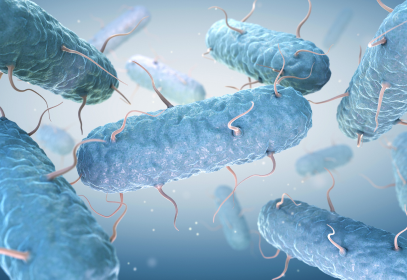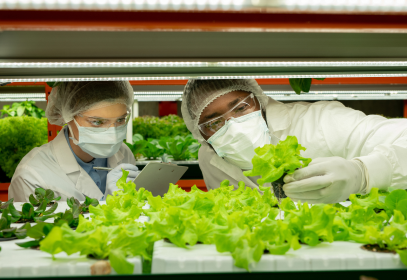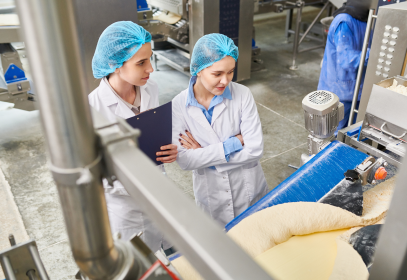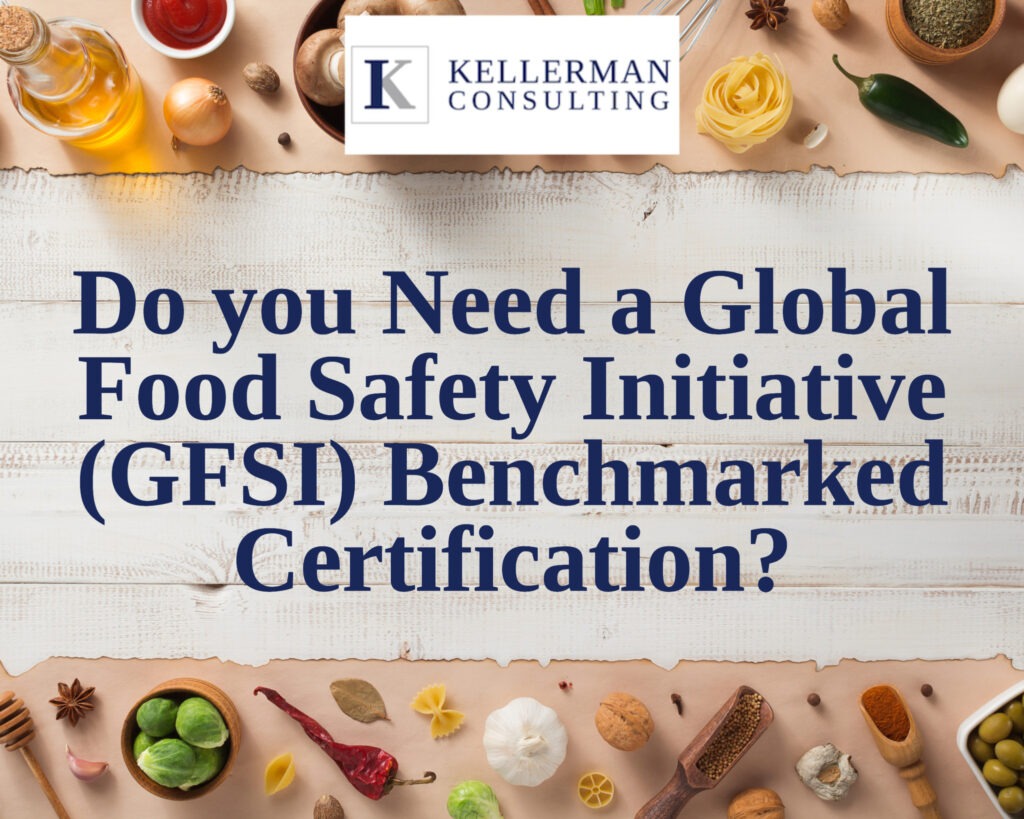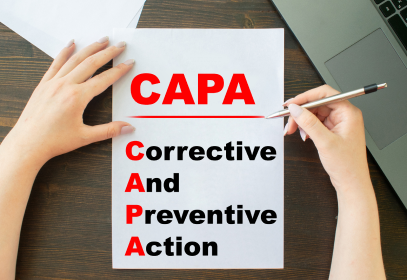Safety concerns for environmental monitoring are pathogens which cause illness or death if they are to contaminate materials in the facility. These organisms include all known strains of Salmonella, E. coli O157:H7 or O121, Listeria monocytogenes, and Staphylococcus aureus. Quality concerns are spoilage organisms, and general levels of bacteria, mold, yeast that may negatively affect the taste, smell or texture of food and food packaging.
Facilities with very little water usage in the facility may choose to swab infrequently, and facilities with regular water usage and reason to suspect the presence of pathogens or other organisms are present in the facility should swab regularly throughout the year to monitor if those organisms may cause immediate risks to operations.
Swabs can generally be purchased from food testing laboratories or direct from swab producers. One resource for purchasing swabs is: World Bioproducts. They provide clear instructions for use, which are available to download. Food testing labs can be found online, and if you can find one close to your facility, that would be best since the lab may offer a courier service which can be a huge convenience.
When we think about where to swab it is important that we talk about two issues. The first is deciding the swab locations, and the second is documenting those locations. Writing the locations down is just as important as the locations themselves, so let’s look at what we are documenting as we talk about the locations. When we think about selecting locations to swab , we usually use the idea of zones. Generally, each food facility will be broken down into 4 distinct zones subsequently moving further and further away from the direct food contact surfaces. The easiest and simplest way to document swabbing is to make a list of the areas intended for swabbing.
With purchased swabs, a location list and frequency for the facility, a laboratory to send those swabs to, and a schedule of how often to swab, the foundation of environmental monitoring is in place, but this is only half of the environmental monitoring program as we will be covering swabbing patterns, special circumstances in facilities to consider, what to do with the results and how to review the program after a series of swabbing events have been conducted.
In our next episode, we are going to look at the special case of drains in the facility, and how to determine if swabbing inside and around drains makes sense in your program.
Thank you for watching. For free downloads to accompany this video series, visit the free training videos & resources page of our website.
Subscribe to our YouTube channel or follow us on LinkedIn to be notified of new educational food safety resources.


